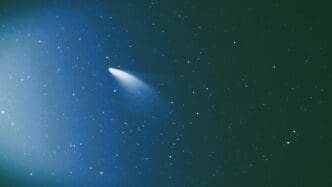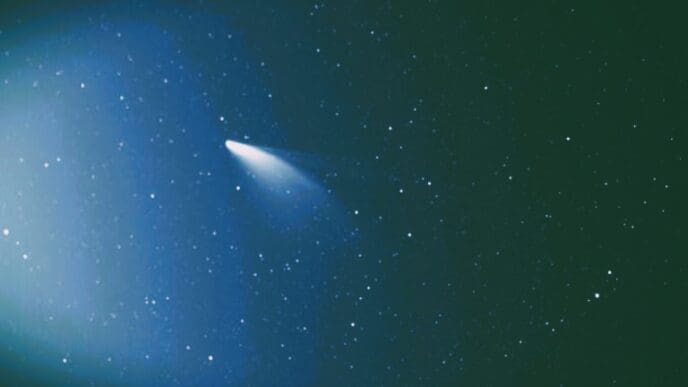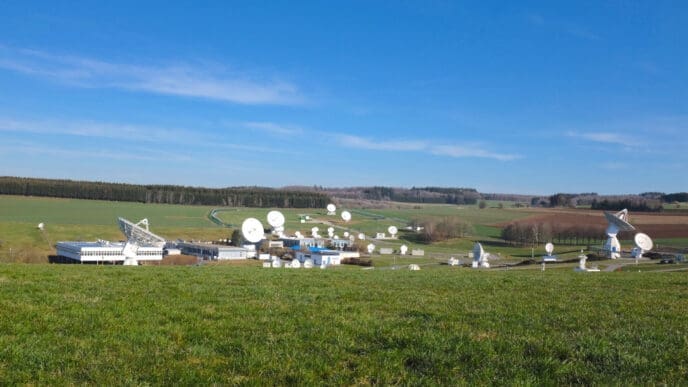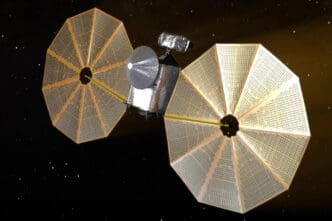A newly discovered exoplanet, reminiscent of the fictional Tatooine, might be orbiting two brown dwarfs, often referred to as failed stars, according to recent scientific reports. This intriguing celestial body is located approximately 120 light years from Earth. Unlike typical planets, it appears to follow a unique trajectory, moving around the two brown dwarfs at a perpendicular angle. Brown dwarfs are intermediate in mass, being lighter than stars yet heavier than gas giants. A light year corresponds to nearly 6 trillion miles.
The binary brown dwarf system was initially identified several years ago. Observations revealed that these stars eclipse one another, resulting in one always being partially obscured from Earth’s perspective. Recent analysis indicates a change in their motion, suggesting the presence of a third body influencing their orbit, as this anomaly is less likely to occur if the dwarfs were orbiting each other independently. These findings have been published in the journal Science Advances.
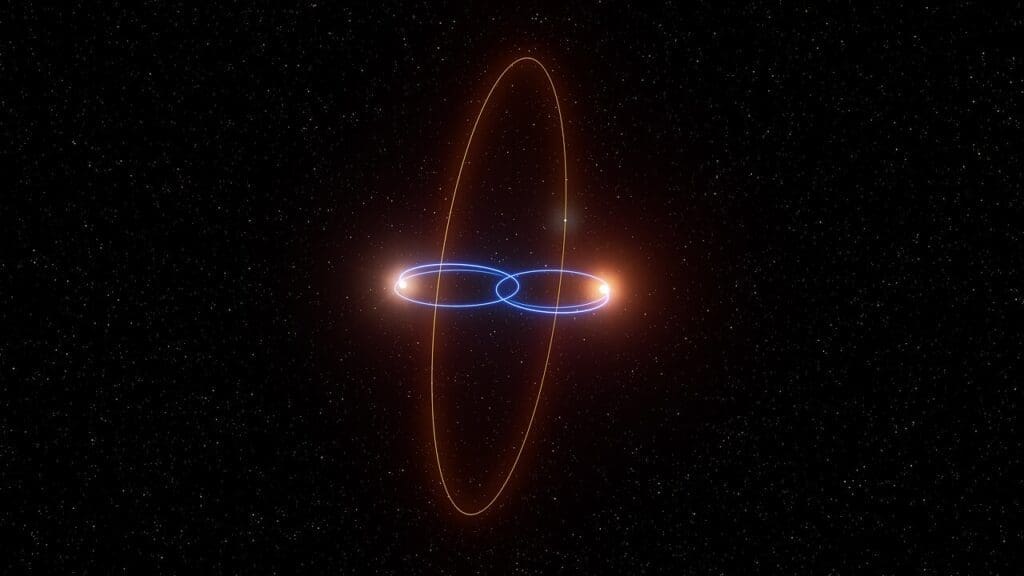
While more than a dozen planets are known to orbit dual stars, akin to the fictional Tatooine with its iconic double sunsets, this newly identified planet distinguishes itself with its unusual orbit. However, it has not yet been directly observed, and further research is necessary to confirm its existence and determine its characteristics, such as mass and orbital pattern. Experts remain cautious, with astrophysicists acknowledging the need for additional evidence to substantiate the planet’s presence.
Studying these unusual celestial formations offers valuable insights into planetary formation under diverse conditions beyond our solar system. Such investigations highlight the potential for planets to exist in configurations once thought possible only in science fiction.
Our Perspective
The discovery of this potential exoplanet orbiting a pair of brown dwarfs expands the understanding of planetary systems, underscoring the diverse environments in which planets can form. For the scientific community, this represents a new frontier in examining the mechanics of such systems, inviting further studies to explore their dynamics and characteristics. The concept of planets existing in dual-star systems, previously confined to science fiction, emphasizes the evolving nature of astronomical research and discovery.
For the general public, this finding ignites curiosity and imagination, connecting the realms of science and popular culture. It serves as a reminder of the vast and varied universe, sparking interest in astronomy and encouraging educational pursuits in space exploration. As scientific endeavors continue to unveil the mysteries of space, they offer a broader understanding of our place within the cosmos.





